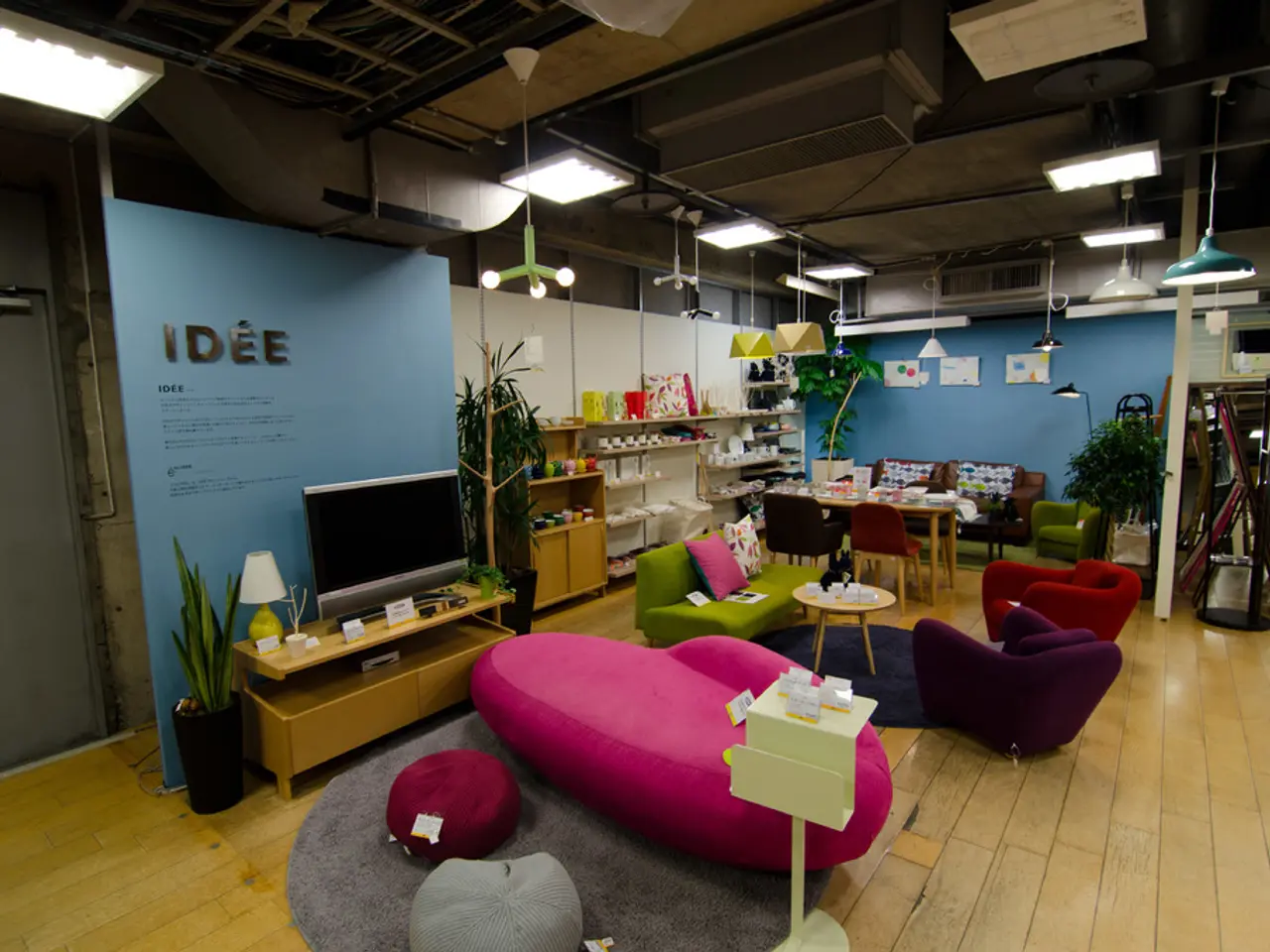Transforming Your Home Office: Tips for Crafting a Cozy and Efficient Workspace
With the increasing number of people working from home, creating a productive and comfortable work environment has become more important than ever. Here's a guide to help you transform your home into a space that fosters focus, well-being, and productivity.
**1. Create a Dedicated Workspace**
Designate a specific area for work, ideally not the couch or bed, to help your brain differentiate between work and rest. Use screens or partitions if you share the space to maintain privacy.
**2. Ergonomic Setup**
Invest in a chair with adjustable height and good lower-back support to prevent discomfort. Choose a desk that suits your needs, such as one with drawers or an adjustable standing desk. Consider an ergonomic mouse and keyboard to reduce strain.
**3. Reliable Technology**
Ensure your internet connection is reliable and fast enough for your tasks. A minimum of 25 Mbps is recommended for basic tasks, while 100+ Mbps is better for video calls and large data transfers. Invest in good quality monitors, headphones, and communication tools like Microsoft Teams.
**4. Lighting and Ambiance**
Proper lighting can reduce eye strain and improve mood. Use a combination of natural and artificial light if possible. Keep your workspace aesthetically pleasing to boost mood and comfort.
**5. Organization and Clutter Control**
Keep your workspace tidy with pen organizers and sticky notes. Use labeled folders for digital files. Designate a storage area for devices when not in use to avoid clutter.
**6. Physical Activity Integration**
Consider integrating a standing desk or a mini exercise area to encourage movement and break up sitting.
**7. Routine and Boundaries**
Establish a daily routine to maintain focus and structure. Set clear boundaries between work and personal time to avoid burnout.
In addition to these practical tips, it's essential to prioritise mental health. Short mindfulness exercises like breathing deeply or journaling can help manage stress. Working from home can sometimes lead to feelings of isolation, so regularly scheduling chats with coworkers or friends can help combat this.
Adding personal touches to your workspace, such as a plant, favourite quote, or candle, can help make the space feel more comfortable. Good lighting is essential for focus and mood, with natural light being best and bulbs mimicking daylight being a good alternative. A comfortable and efficient workspace is essential for long-term productivity.
Everything from desk setup to bedroom routines can affect daily productivity and comfort. Adding tools like footrests, monitor risers, or sit-stand desks can improve comfort and reduce tension. Remember, designing a workspace that supports well-being and workflow is not a luxury, but an essential need.
Disconnecting at the end of the day is crucial. Activities like reading, cooking, or calling a friend can help mentally shift gears. As working from home has become the norm for many, turning homes into both living spaces and work hubs, it's important to maintain a balance between work and personal life to ensure overall well-being and productivity.
8. Boost Well-being ThroughMusic
Play calming or focus-enhancing music during work hours to stimulate creativity and productivity. Look for instrumental tracks, white noise, or classical music to create a conducive work atmosphere.
9. Promote a Healthy Lifestyle
Incorporate fitness and exercise into your daily routine by taking short breaks to stretch, meditate, or engage in mini workouts. Having a home gym, if possible, can support this goal.
10. Creating a Balanced Home Environment
Treat your home like a multifunctional space by incorporating interior design elements that blend aesthetic appeal and functionality. Consider home-and-garden projects like potting plants, painting an accent wall, or implementing home-improvement ideas to create a cohesive work-life balance.
11. Proactive Health Measures
Make regular wellness checks a priority, focusing on nutrition, sleep, and mental-health-awareness. Utilize wellness apps, trackers, and smart home devices to monitor and improve these aspects of your lifestyle.
12. Science-basedWellness
Stay informed about the latest scientific research pertaining to workplace wellness, fitness, and exercise. Consider subscribing to reputable health and wellness publications to learn new, evidence-based strategies to maintain optimal productivity levels.




